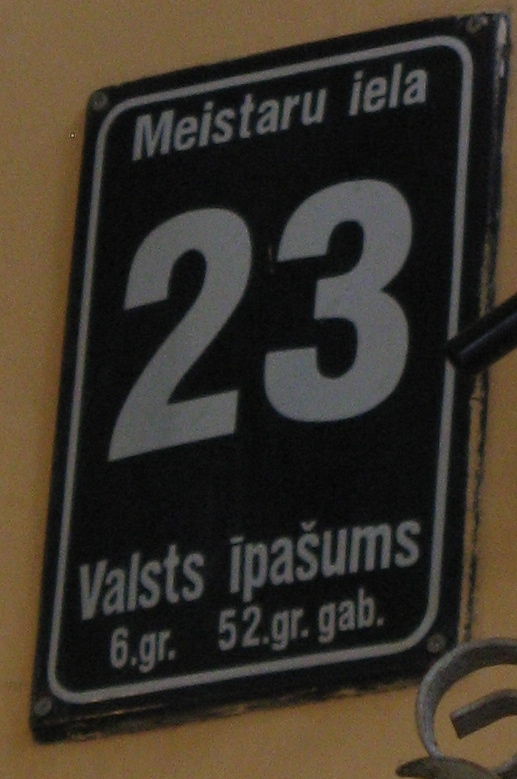|
Trondhjems Elektricitetsværk Og Sporvei
Trondhjems Elektricitetsværk og Sporvei was a municipally owned power company and tram operator in Trondheim, Norway between 1901 and 1936 when the company was split in Trondheim Energiverk (TEV) and Trondheim Sporvei. The company was founded on November 4, 1901, to build a hydro electric power plant at Øvre Leirfoss and the Trondheim Tramway that replaced the old horse omnibus service from 1893. Through the company the tramway in Trondheim was expanded to Elgeseter with Elgeseterlinjen in 1913 and to Trondheim Central Station. The company was organised as a municipal agency. Today both the successors of the company are owned by the Government of Norway with TEV being a subsidiary of Statkraft while Trondheim Sporvei now is part of Team Trafikk, a subsidiary of Nettbuss Vy Buss, formerly branded as Nettbuss, is the largest bus company in Norway, owned by Vy. It was established on 10 February 2000 as the continuation of the bus operations from former NSB Biltrafikk. I ... [...More Info...] [...Related Items...] OR: [Wikipedia] [Google] [Baidu] |
Public Ownership
State ownership, also called public ownership or government ownership, is the ownership of an industry, asset, property, or enterprise by the national government of a country or state, or a public body representing a community, as opposed to an individual or private party. Public ownership specifically refers to industries selling goods and services to consumers and differs from public goods and government services financed out of a government's general budget. Public ownership can take place at the national, regional, local, or municipal levels of government; or can refer to non-governmental public ownership vested in autonomous public enterprises. Public ownership is one of the three major forms of property ownership, differentiated from private, collective/cooperative, and common ownership. In market-based economies, state-owned assets are often managed and operated as joint-stock corporations with a government owning all or a controlling stake of the company's sh ... [...More Info...] [...Related Items...] OR: [Wikipedia] [Google] [Baidu] |
Elgeseterlinjen
The Elgeseter Line () was a tramway line in Trondheim Tramway between Trondheim Torg and Elgeseter. The tram line was built in 1913, expanded in 1923 and abandoned in 1983. It was used by Line 2 operated by Trondheim Sporvei, later Trondheim Trafikkselskap, though part of the line was used by Singsaker Line. History Trondheim got its first tram in 1893, and by 1913 an expansion was constructed between the city center and Magnus den Godes Street. At the same time a branch line was built to Trondheim Central Station from Olav Tryggvason's Street. The new line went from the station via the city to Elgeseter. In 1923 the line was expanded to Dalsenget and a depot was constructed there. When the new Lade Line to Lade was built in 1958 Line 2 was moved from the railway station to Lade and in 1974 the operation of the tramway was taken over by the newly created Trondheim Trafikkselskap. But in 1983 a political compromise was made by the city council, expanding Line 1 from Lademoen La ... [...More Info...] [...Related Items...] OR: [Wikipedia] [Google] [Baidu] |
Railway Companies Disestablished In 1936
Rail transport (also known as train transport) is a means of transport using wheeled vehicles running in tracks, which usually consist of two parallel steel rails. Rail transport is one of the two primary means of land transport, next to road transport. It is used for about 8% of passenger and freight transport globally, thanks to its energy efficiency and potentially high speed.Rolling stock on rails generally encounters lower frictional resistance than rubber-tyred road vehicles, allowing rail cars to be coupled into longer trains. Power is usually provided by diesel or electric locomotives. While railway transport is capital-intensive and less flexible than road transport, it can carry heavy loads of passengers and cargo with greater energy efficiency and safety. Precursors of railways driven by human or animal power have existed since antiquity, but modern rail transport began with the invention of the steam locomotive in the United Kingdom at the beginning of the 19th c ... [...More Info...] [...Related Items...] OR: [Wikipedia] [Google] [Baidu] |

